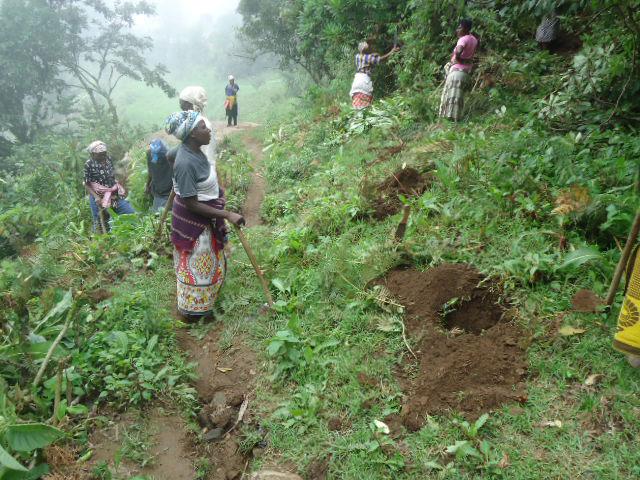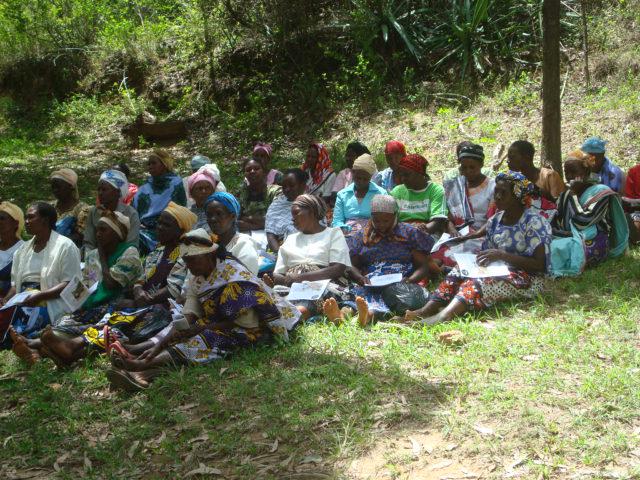James Mwang'ombe Mwamodenyi
Other projects
21 Jul 2005
Enhancing the Conservation of Biodiversity in Mbololo Forest in the Taita Hills through Participatory Forest Management
25 Mar 2013
Promoting/Enhancing Biodiversity Conservation through Enhanced Indigenous Forest Connectivity in Taita Hills: Phase 2 (Kinyeshamvua/Ngangao Segment)
The project aims at enhancing the conservation of a critically endangered and endemic bird species (Turdus heleri, Taita Thrush) by increasing indigenous forest connectivity between isolated forest patches to enable movement of individuals between isolated sub-populations.

The project will involve planting of indigenous tree seedlings along the areas identified by the “least-cost” forest connectivity model developed in an earlier project funded by the Critical Ecosystem Partnership Fund in 2006 to create a “path or corridor” linking Mbololo forest and the indigenous patches in Mwambirwa forest. This will involve working with farmers in the five kilometre gap between the two forests. This will greatly increase the ranging area of the sub-population in Mbololo forest and subsequently population increase.

The activities to be undertaken include:
1/ Awareness creation on biodiversity conservation and especially on the impact of human activities, and about the project and its goal and objectives.
2/ Participatory selection of tree species to planted. The farmers whose areas fall within the “paths or corridors” as per the model will be involved in the screening and choice of indigenous tree species to be planted. Among the criteria to be used in screening include use of the tree species by the Taita Thrush, acceptability of the tree by the local farmers, the impact of the tree on crop growth, multiple use and commercial potential of the tree and whether the tree is able to grow well in a open area.
3/ Training of the participating farmers in tree husbandry and other aspects of agroforestry or farm forestry.
4/ Raising and planting on the farms of the selected tree species will be undertaken. Local tree nurseries will be engaged to raise the tree seedlings in order to raise interest and inculcate sustainability among the farmers.
5/ Periodic visits of the farms to assess the performance and growth of the planted trees in order to ensure high survival and to provide advice to farmers and encouragement as may be needed.
6/ Careful documentation of the process, activities and outcomes observed will be undertaken in order to develop a case study material for sharing of lessons learnt with the wider conservation community. The lessons learnt will definitely assist in the forest connectivity work in the rest of the Taita hills.
7/ Monitoring and evaluation of the project activities.